통합 검색
통합 검색
For the English version of explanation, please scroll down.
렌티큘러의 다양한 효과 즉, "입체", "플립(변환)", "줌인 아웃", "모핑", "애니메이션(모션)" 및 "혼합 효과" 를 순서대로 설명 드리겠습니다.

입체 효과
인간의 두 눈이 6~6.5cm가 벌어져 있어서 각 눈이 사물을 보는 시각차가 발생하며 이를 "시차 "라고 합니다.
입체 영상은 이러한 시차를 이용하여 구현이 되는데 특수한 안경을 착용하는 양안 방식의 입체 영상은 안경의
기능에 의해서 두 눈이 각기 다른 두 개의 이미지를 간섭 없이 분리하여 볼 수 있게 하기 때문에 단지 두 개의
이미지만 필요로 하지만, 안경을 착용하지 않는 "무안경방식 입체영상"인 "렌티큘러 입체이미지"에서는
사람의 눈이 어디에 위치할지 알 수 없기 때문에 여러 개 각도의 이미지를 이용하여 좌, 우 눈이 계속적으로
양안 시차를 형성하도록 "입체 세트"를 연속적으로 제공해야 하기 때문에 "다각도" 또는 "다안식" 영상이라고
부르기도 합니다.
입체 효과가 커지려면 시차가 그만큼 늘어나야 하는데 해상도를 높여서 사용 가능한 이미지의 숫자를 늘리지
않는 한 연속하는 각각의 이미지 사이의 시차는 커지게 되어 결과적으로 이미지의 밀도가 떨어지게 됩니다.
이렇게 밀도가 저하되면 입체 이미지에서 많이 튀어나오고 들어가 보이는 객체들은 흐릿하게 보이게 되는
문제가 발생합니다. 하지만 당사가 개발한 "렌티큘러용 특수 알고리즘" 등이 그러한 문제를 극복하여 엄청난 입체감을 제공하면서도 이미지의 선명도가 유지되는 입체이미지의 구현을 가능하게 하는 것입니다.
당사의 소프트웨어 기술에 대한 자세한 내용은 "기술 소개" 메뉴를 참고해주세요.
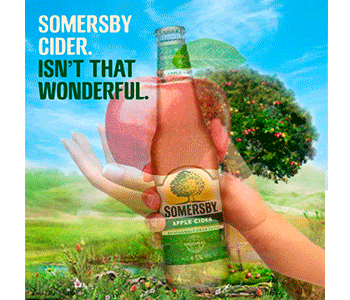
플립(변환) 효과
당해 효과는 좌측 이미지처럼 보는 사람의 위치에 따라서 A, B의 그림이 바뀌는 효과를 말하는데 이를
"변환"이라 부르기도 합니다.
단순하게 두 개의 이미지가 바뀌는 대신에 3개 이상의 이미지가 바뀌는 효과를 줄 수 있는데 바뀌는 이미지의 숫자에 따라서 "2플립", "3플립", "4플립" 등으로 부릅니다.
또한 플립 효과는 보는 사람이 걸어서 좌우로 수평 이동할 경우 렌즈 라인이 지면에 직각으로 위치하도록
수직방향의인터레이스(좌측 "A")를 해서 제작하지만 보는 사람이 에스컬레이터 타고 이동하는 경우처럼
상하 수직으로 이동하는 경우는 렌즈 라인이 지면에 평행하게 수평 인터레이스(좌측 "B")하여 제작합니다.
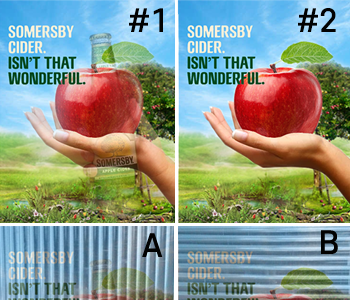
중요한 것은 플립(변환)에 사용된 두 개의 이미지 중 어느 한 개만 보도록 설계된 정확한 위치에서도 완벽히 분리된 이미지(#2)가 보이는 게 아니라 반대편 이미지(사과 대비 맥주병)의 잔상 (고스트: 유령이라는 뜻)이 보여지는 경우(#1)가 흔히 발생하는데 당사는 특수한 알고리즘의 적용으로 이러한 현상을 극소화했습니다.
일반적으로 플립 이미지는 입체 감이 없는 평면 이미지가 바뀌는 형태로 만들어지는데 입체 효과를 추가하여
제작할 수도 있습니다. 물론 "B"와 같이 수평 인터레이스가 되는 플립 이미지에는 입체 효과를 포함할 수가
없습니다. 그 이유는 사람의 두 눈이 상, 하가 아닌 좌, 우 즉, 수평 방향으로 벌어져 있어서 "B"의 경우에는
두 눈이 항상 동일한 이미지를 보게 되어 입체의 필수 요소인 시차의 구현이 안되기 때문입니다.
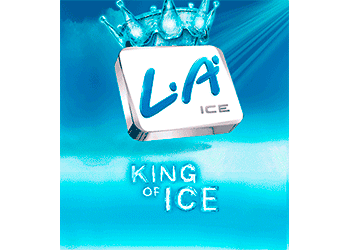
줌인 아웃 효과
줌 효과는 확대(zoom in)와 축소(zoom out)의 기능을 적용할 수 있어서 눈에 띄는 렌티큘러의 기능입니다.
물론 전체 이미지에 입체 감을 주면서 특정 객체에 대해서 줌 인 아웃 효과를 줄 수도 있습니다.
Zooming effect
By using zoom-in/out effect, you can attract people's attention. Of course, it can be made
to have 3D depth effect along with the strong zooming effect for the specific objects of the
image.
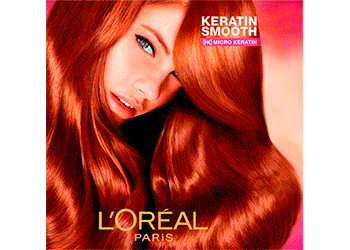
모핑 효과
각기 다른 객체가 또 다른 객체로 바뀌는 면에서는 플립(변환)과 비슷한 효과이기는 하지만 모핑의 경우는
객체가 변하는 과정을 섬세하게 보여주는 장점이 있어서 플립 효과보다 더 부드럽고 전문적인 느낌이 드는
디자인을 만들 수 있습니다
Morphing effect
Morphing effect is often mistaken for "two flip effect" as both show the changes from one image
to the other, but its smooth and realistic process of transition is the differentiating point because
it looks much smoother and more sophisticated, professional.

모션(애니메이션) 효과
이 효과는 평면의 이미지에 비디오의 동적인 효과를 옮겨 놓는 것과 같습니다.
비디오 클립의 연속된 후레임을 이용하여 제작하는 게 일반적이지만 경우에 따라서는 단순한 정지 화상의
이미지 데이터를 편집하여 디자인을 구성하고 이에 애니메이션 효과를 줘서 만들 수도 있습니다.
Animation(Motion) effect
It's like seeing a short video clip being played on a flat image as each of the video sequences
come into your eyes in successions, when you move laterally. We usually use the frames obtained
from a video clip to produce an animation effect, but it's also possible to instead use frames, that
are obtained from an animated design composed of your custom 2D flat source images.
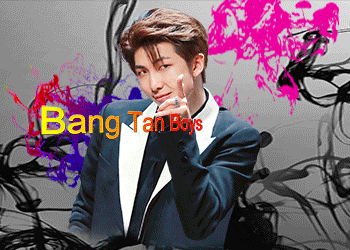
혼합 효과
상기 설명드린 다양한 효과를 복합적으로 섞어서 연출하는 방법이며 좌측의 견품 이미지는 입체, 줌인, 변환 3가지의 효과를 혼합한 형태의 연예인 포스터입니다.
- 입체 효과: 배경(흑백)의 원경 처리 및 "BangTan Boys" 텍스트의 돌출 효과
- 변환 효과: 캐릭터의 윙크 및 배경의 색상의 출몰
- 줌인 효과: "BTS" 텍스트
Combined effect
We can mix up various effects in a lenticular image, while the left sample is made of three effects combined, say 3D Depth, Zoom-in and Flip ;
- 3D Depth effect: Grayscale background is deep inside, while the text of "BangTan Boys" is
protruding off the surface
- Flip effect: Note the character gives you a wink, while the reddish design behind him disappears
- Zoom-In effect: The text of "BTS" gets zoomed in.

3D Stereo effect
A lenticular stereo image is originally based on the so called "parallax" , which is caused by the
separation of 6 ~ 6.5cm between our two eyes, thus it basically requires a great number of images
of different camera angles, unlike binocular stereo method, which only needs two images.
So it should continuously provide "stereo sets" composed of left, right images sequentially coming from the multiple views according to the changes of viewers' position as you can't expect any of
the separating functionality of special glasses in a lenticular stereo image without glasses.
The stronger 3D stereo effect you want, the more images you have to place under a lenticule, say,a lens line in the interlacing process.
However, you can't put as many images as you want because of the limitations to the resolutions
of printing systems such as inkjet printer, image-setter, etc.
Thanks to our special "sub-pixel" methodology associated with "MAI(Multi Angle Integration)",
we've successfully accomplished the unprecedented quality of the lenticular image coming with
the incredible off-screen effect and also the highest image clarity.
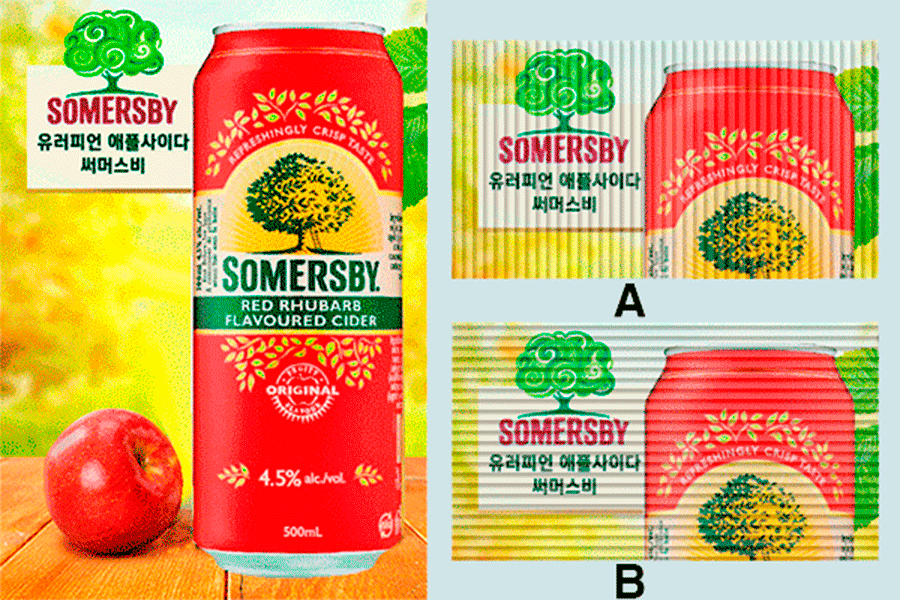
Flipping effect
Basically, lenticular images of flipping effect show two different images according to the changes of the viewers' positions, while it can be made to show more than two images, say "three flip"
and "four flip" and so on. You have to ask us to interlace the images horizontally( refer to "B" in
the left example) if you'r going to show it to the people moving up and down like in an escalator,
while we usually use the vertical interlacing method(refer to "A") for the viewers moving sideways.
We can make each of the flipping images have depth effect as well, while most of flip images
are usually made to alternatively show ordinary 2D flat images.
For your reference, it's impossible to add 3D depth effect to the flip image with the interlacing
lens lines parallel to the earth just like "B" because of the fact that human eyes are horizontally
separated, not vertically, thus the interlacing of "B" makes both eyes see the same image without
any parallax, that is essential to 3D depth effect.

